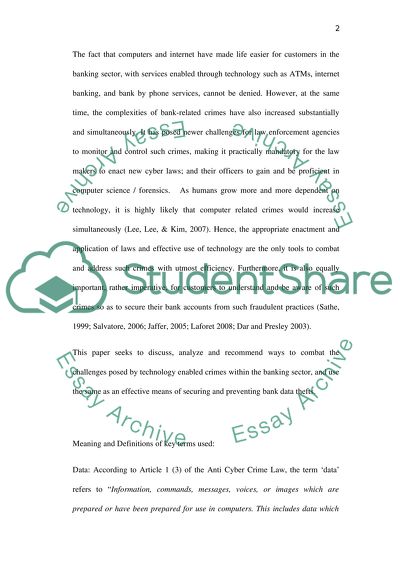Cite this document
(“Accessing bank data crime through the use of various information Dissertation”, n.d.)
Retrieved from https://studentshare.org/other/1428287-accessing-bank-data-crime-through-the-use-of
Retrieved from https://studentshare.org/other/1428287-accessing-bank-data-crime-through-the-use-of
(Accessing Bank Data Crime through the Use of Various Information Dissertation)
https://studentshare.org/other/1428287-accessing-bank-data-crime-through-the-use-of.
https://studentshare.org/other/1428287-accessing-bank-data-crime-through-the-use-of.
“Accessing Bank Data Crime through the Use of Various Information Dissertation”, n.d. https://studentshare.org/other/1428287-accessing-bank-data-crime-through-the-use-of.


